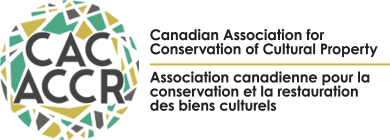J.CAC VOLUME 37 (2012)
The National Gallery of Canada and Nathan Stolow
This article explores the evolution of scientific research and its impact on conservation at the National Gallery of Canada (NGC) as envisioned by Director Alan Jarvis and conservation scientist Nathan Stolow. Stolow’s early interest in painting influenced him to pursue a career encompassing both painting and chemistry. This took him to the Courtauld Institute of Art at the University of London, England where he graduated in 1956 with a doctorate in art conservation. Before joining the Gallery in 1957, Stolow completed an international survey of gallery and museum laboratories, establishing contact with key players in conservation in Great Britain, Europe, the United States and Canada. The tour set the direction of conservation research at the Gallery. In 1957, Stolow established the Conservation and Scientific Research Division, which developed into the National Conservation Research Laboratory in 1964. Over the years at the NGC, Stolow contributed to and sponsored research in such diverse fields as the analysis of picture varnish and the effects of solvents on drying oil films, an early survey and analysis of contemporary artists’ materials, art fraud, packing and transportation of works of art, the museum environment, and the scientific analysis of works of art. He advised on the conservation of modern and contemporary art, assisted in the design of the art display spaces for the Canadian Pavilion at Expo 67, organized the cross-Canada exhibition Progress in Conservation, and published and lectured widely. With the federal government’s announcement of a new Ottawa-based institute for conservation in 1972, Stolow left the Gallery and took up duties as founding Director of the Canadian Conservation Institute.
Download: JCAC37 Barclay